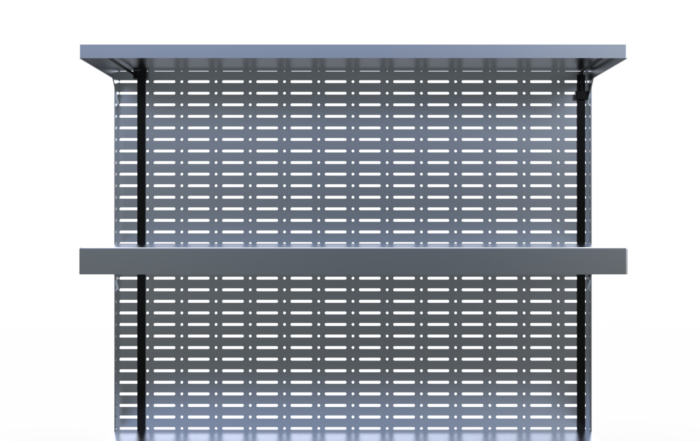Retail LED lighting can be one of the most important components to in-store retail marketing and sales. However many retail stores often overlook the value that retail LED lighting can have. From how customers react to how moods are directly affected retail LED lighting plays a vital role in how your brand is perceived and how the shopper experience goes.
It’s simple. If you’re looking to have a direct impact on sales, negative or bad it worth looking at your store lighting strategy.
What really is effective retail LED lighting?
Let’s first look at 7 key components of what creates the perfect shopping experiences using LED lighting for retail stores.
Contrast
Remember having a bright area isn’t always the goal. Make sure you have the proper combination of contrast in your lighting. Highlight spaces, product displays, and walls to bring out products and sections of your store.
Lower Shelf Lighting
The bottom section of product shelves are often one of the most overlooked section of product display shelving. By not bringing attention to this area you could be losing sales. Consider adding targeted LED accent lighting towards the bottom half of your shelves. This will help to bring focus and attention to products thus creating opportunities to increase sales.
Vertical Lighting
Improve the overall ambiance of your retail store by adding the proper combination of vertical LED lighting. By adding vertical lighting you can help shoppers feel better adapted to the retail space and layout of your store.
Integrated LED Shelf Lighting
All too often retail displays and sheld do not have proper lighting. If the text or prices of the product are not clearly visible shoppers can easily walk right past the item they are looking for. By adding retail LED shelf lighting you can bring out products visibility thus making it easier for shoppers to find products while improving your odds of more sales.
LED Accent Lighting
LED accent lights can add the final touch or that needed visual appeal to make your products or display pop. With LED accent lighting you can effectively highlight new products and sales.
Color Rendering Index
Also known as CRI, the color rendering index is how the light source represents daylight on a scale of 1-100, with 100 characterizing daylight. 80-100 CRI retail LED lights have the best lighting effects in retail environments. Colors stand out and the textures of products are visible.
Retail LED Lighting Color Temperatures
Retail lighting color temperatures are one of the most important components in creating the perfect experience. From using retail color temperatures to drive emotional connections to products or to generate a nice and inviting environment, color temperatures for retail lighting are one of the most important aspects of retail LED lighting.
For general retail lighting color temperatures, 3000K-4000K temperatures will work for overall store lighting. When it comes to retail LED display backlighting you can go with 5000K-5500K to create a crisp and cool white that will help to bring out the natural colors of the products. If your looking to create a more relaxed and laid back feeling go with a 3500K temperature to create a soft white color.
Best of all, with retail LED lighting you can add a controller that can be used to adjust the retail LED lighting colors. This will allow you to test out the lighting and see how your customer reacts to the colors.
How To Create Your Retail LED LIghting Strategy
A successful retail LED lighting strategy consists of the 7 items listed above. From using the proper color temperatures to set the mood to adding retail LED shelf lighting you will need to carefully look at your store layout and identify what exactly you’re looking to accomplish. Based on your goals you can then begin to design and implement your retail LED lighting.





